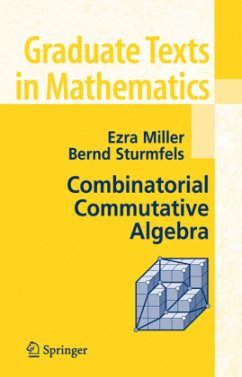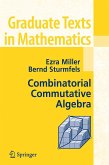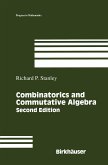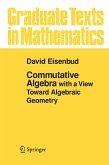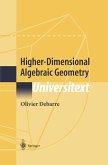Combinatorial commutative algebra is an active area of research with thriving connections to other fields of pure and applied mathematics. This book provides a self-contained introduction to the subject, with an emphasis on combinatorial techniques for multigraded polynomial rings, semigroup algebras, and determinantal rings. The eighteen chapters cover a broad spectrum of topics, ranging from homological invariants of monomial ideals and their polyhedral resolutions, to hands-on tools for studying algebraic varieties with group actions, such as toric varieties, flag varieties, quiver loci, and Hilbert schemes. Over 100 figures, 250 exercises, and pointers to the literature make this book appealing to both graduate students and researchers.
From the reviews:
"The book under review constitutes a self-contained introduction to the use of combinatorial methods in commutative algebra. ... Concrete calculations and examples are used to introduce and develop concepts. Numerous exercises provide the opportunity to work through the material and end of chapter notes comment on the history and development of the subject. The authors have provided us with a useful reference and an effective text book." (R. J. Shank, Zentralblatt MATH, Vol. 1090 (16), 2006)
"The book under review constitutes a self-contained introduction to the use of combinatorial methods in commutative algebra. ... Concrete calculations and examples are used to introduce and develop concepts. Numerous exercises provide the opportunity to work through the material and end of chapter notes comment on the history and development of the subject. The authors have provided us with a useful reference and an effective text book." (R. J. Shank, Zentralblatt MATH, Vol. 1090 (16), 2006)

